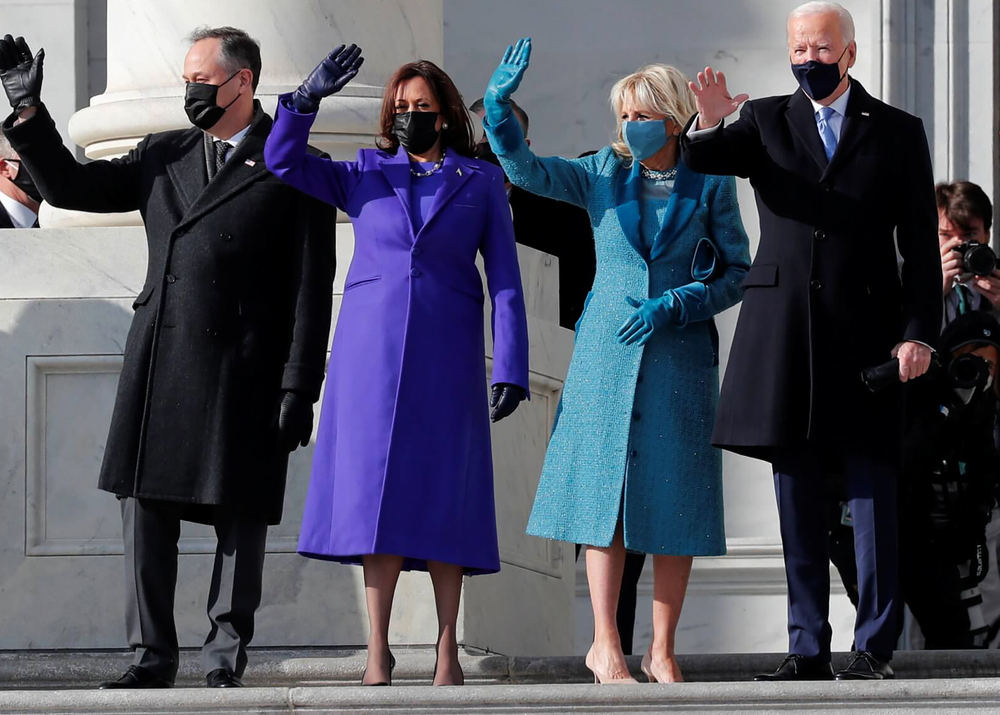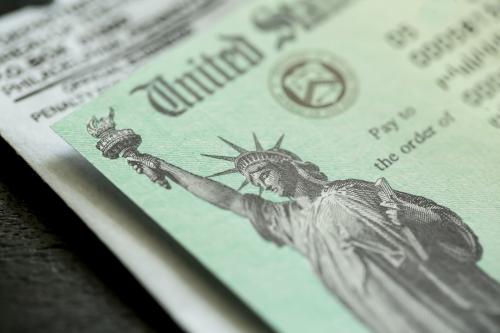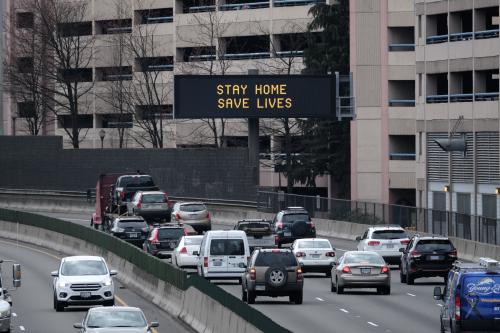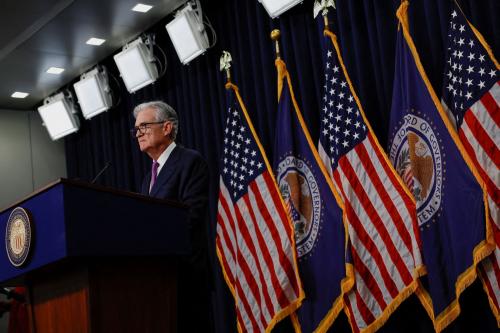The COVID-19 crisis has led to increases in joblessness, business failure, and threatened the financial security of millions of American families. The crisis increased the average number of people with monthly “market incomes” (pre-tax and transfer income) below the poverty line by over 16 million between the first two, pre-pandemic months of 2020 and the second quarter of 2020. The total had fallen only slightly by the fourth quarter. At the same time, the Congressional response to the pandemic in the CARES Act showed the power of safety-net policies to prevent people from falling into poverty. Direct $1,200 payments to families, dramatic increases in unemployment insurance benefits, and other policies reduced poverty in the early stages of the pandemic even as jobless claims soared. In total, CARES Act policies lifted an average of 17.8 million individuals from poverty in April and May 2020, and prevented nearly 80 million “person-months” of poverty from the onset of the crisis in March through December 2020.
Trends in Monthly Poverty (Based on Supplemental Poverty Measure) October 2019 to December 2020

Adapted from Figure 1. of Parolin et al (2020) and extended through to December 2020; reproduced here with permission. As Parolin et al (2020) discusses, monthly poverty was relatively stable prior to the onset of the COVID-19 crisis; the low monthly rate in March 2020 represents the point at which many low- and moderate-income families received their refundable tax credit transfers (e.g. Earned Income Tax Credit).
To reduce poverty substantially and build a safety net that more automatically shelters families from hardship when the labor market falters, legislation is needed. The Biden-Harris Administration has proposed large expansions of the Child Tax Credit and other provisions that would drastically reduce poverty. But the Administration need not rely on Congress to improve the well-being of low-income families. Indeed, the early days of the Administration have seen a range of executive orders signed across President Biden’s four key priority areas: the COVID-19 pandemic, economic relief, climate change, and racial equity, and more.
This brief identifies a set of executive actions – some already signed, some that represent proposals from groups focused on policies to support low- and moderate-income families – that have the potential to reduce poverty. We do not comment on the Administration’s authority to pursue these actions, but focus on providing estimates for how each action would impact the number of individuals living on low incomes and/or below the poverty line. Where possible, we attempt to quantify how beneficial each would be in preventing or reducing poverty, especially among children. Implementing these executive orders would, of course, increase the cost of these programs. Where we have reasonable estimates, we provide them, but in many instances, we lack appropriate data to do so.
The table below summarizes the antipoverty executive actions we consider in this brief. We hope to spur continued discussion of how executive actions can support reductions in poverty absent concerted legislative efforts.
The authors did not receive financial support from any firm or person with a financial or political interest in this article. Neither is currently an officer, director, or board member of any organization with an interest in this article.








